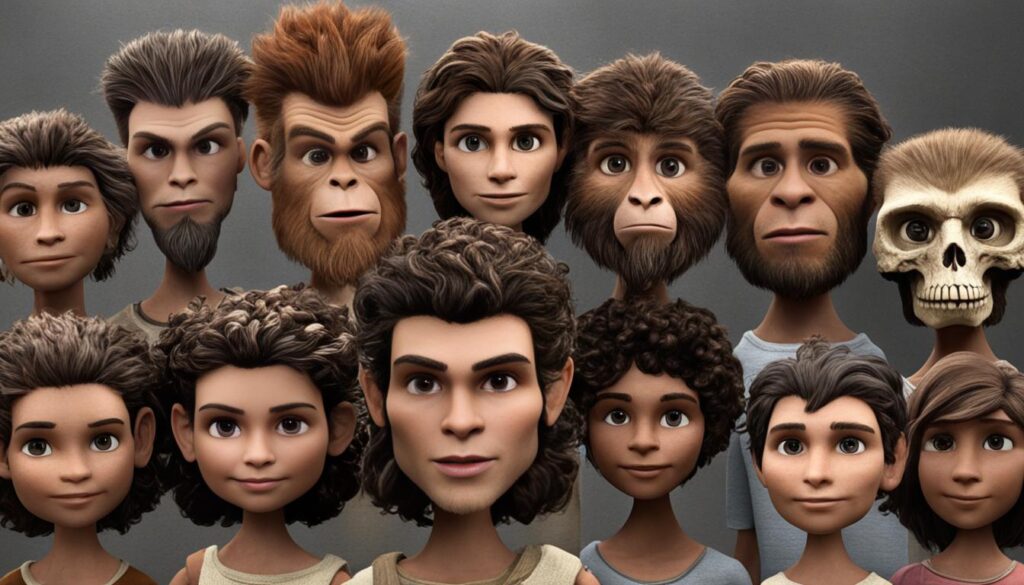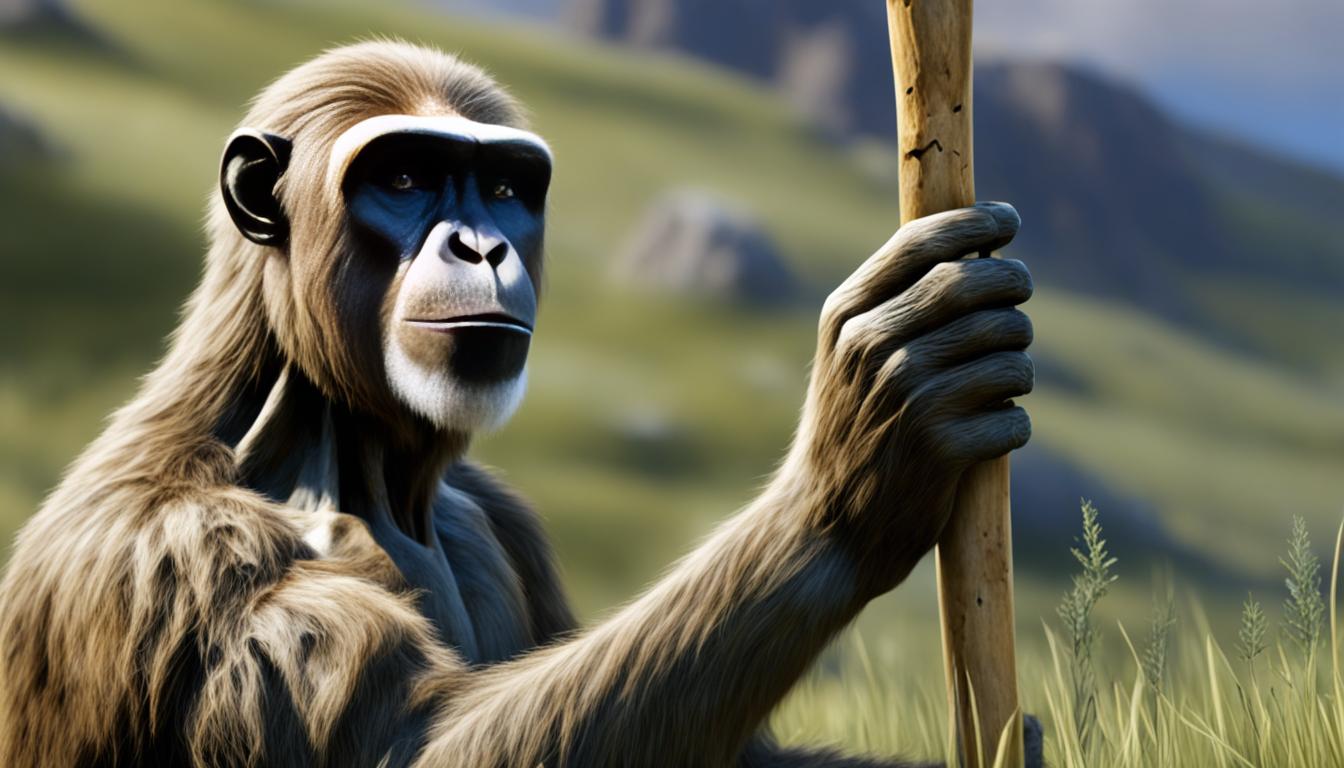Scientists estimate that 21 different early human species have roamed the Earth. About 300,000 years ago, Homo sapiens lived alongside eight other human species. These species are now extinct.
The exact number of early human species is still debated. New fossils are constantly being discovered. The definition of a species can also vary among researchers.
The Smithsonian National Museum of Natural History recognizes at least 21 human species. These include Homo sapiens, Neanderthals, Homo erectus, and Homo naledi. This list will likely grow as more fossils are analyzed.
Interestingly, New England faced vampire panics in the 19th century. These were caused by misunderstandings about tuberculosis. People performed macabre rituals like exhumations and heart-burnings. Learn more about the vampire panics.
Key Takeaways
- Scientists believe around 21 different human species have existed throughout Earth’s history.
- Approximately 300,000 years ago, Homo sapiens coexisted with about eight other now-extinct human species.
- The exact number of early human species is still debated among researchers as new fossils are discovered.
- The Smithsonian National Museum of Natural History recognizes at least 21 human species, including Neanderthals and Denisovans.
- The list of early human species is expected to grow as more fossilized remains are studied.
The Diversity of Early Human Species
Human evolution produced a remarkable variety of ancestors and hominin relatives. Each species adapted to different environments, leaving traces in the fossil record. The earliest hominins lived around 7 million years ago, showing early signs of walking upright.
Australopithecines, including the famous “Lucy,” evolved and spread across Africa. They displayed various anatomical features that helped them thrive in different ecological settings. These features allowed them to adapt to their surroundings effectively.

The genus Homo emerged about 2 million years ago, marking a key point in human evolution. Species like Homo habilis and Homo erectus developed more advanced tools and behaviors. This allowed them to expand their range and adapt to new environments.
Fossil evidence shows these species had larger brains and more modern skeletons. These traits set them apart from their predecessors and helped them survive in different conditions.
Neanderthals and Denisovans lived alongside modern humans in Europe and Asia until about 40,000 years ago. They were well-adapted to their environments and had unique cultural and genetic traits. Recent DNA analysis reveals interbreeding between these species and Homo sapiens.
As a result, many modern humans carry a small percentage of Neanderthal and Denisovan DNA. This genetic legacy continues to influence our species today, shaping our diversity and adaptability.
The Fate of Our Ancient Human Relatives
Homo sapiens’ spread from Africa coincides with other human species’ disappearance. Scientists propose various reasons for this extinction. Some suggest better infant survival rates among Homo sapiens. Others point to competition or interbreeding with other species.
Climatic changes may have also played a role in pushing some species to extinction. Homo sapiens likely had advantages over other human species. These included larger populations, greater genetic diversity, and more extensive social networks.
These traits helped Homo sapiens survive environmental crises and spread to new regions. Social resilience was crucial. Innovations like weaving and sewing needles spread quickly through larger networks.
Ancient human DNA still exists in modern populations due to limited interbreeding. However, Homo sapiens became the only surviving human species around 40,000 years ago. A mix of factors likely contributed to our species’ success.
As Homo sapiens spread globally, they faced new challenges. The legacy of our lost relatives faded into prehistory. Today, we are the last branch of the once diverse human family tree.

Leave a Reply